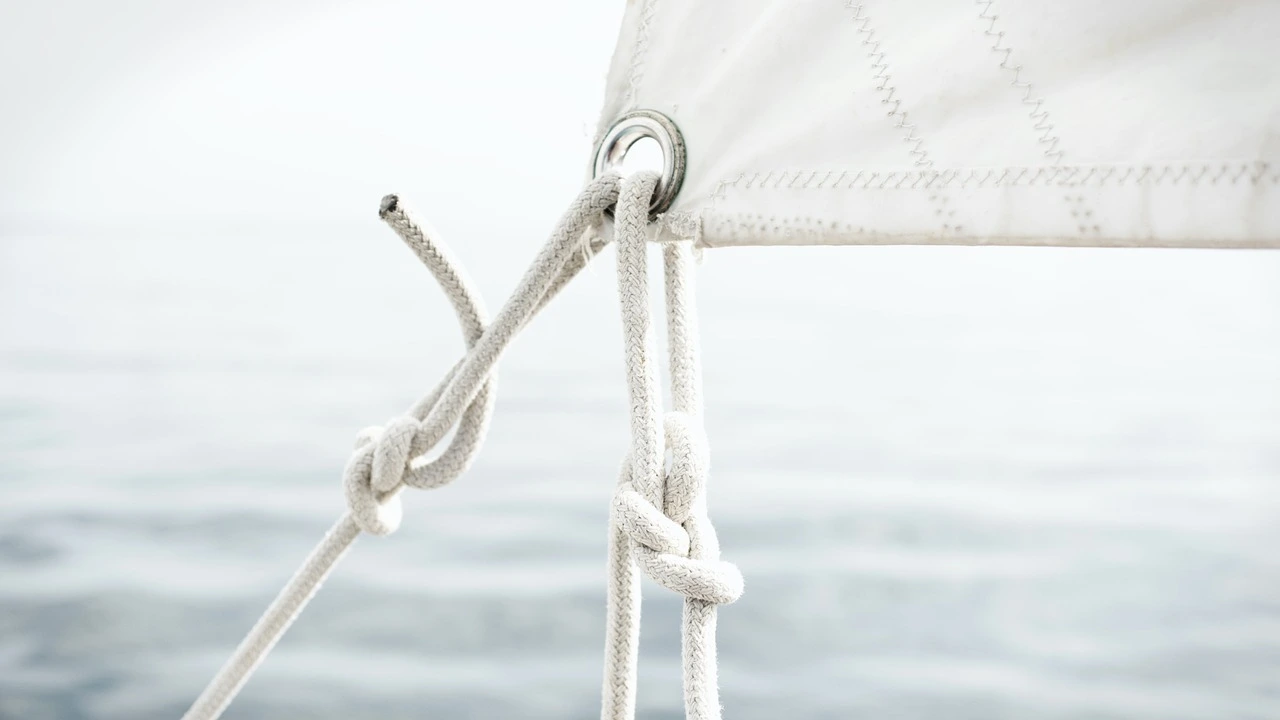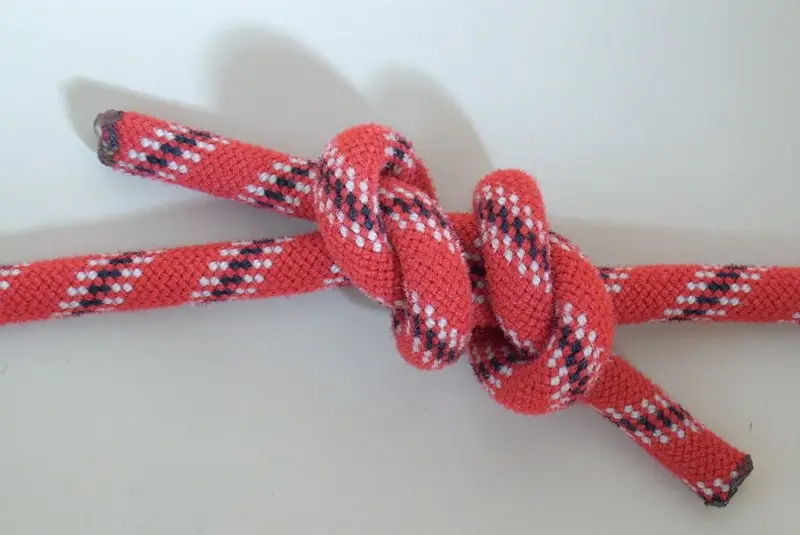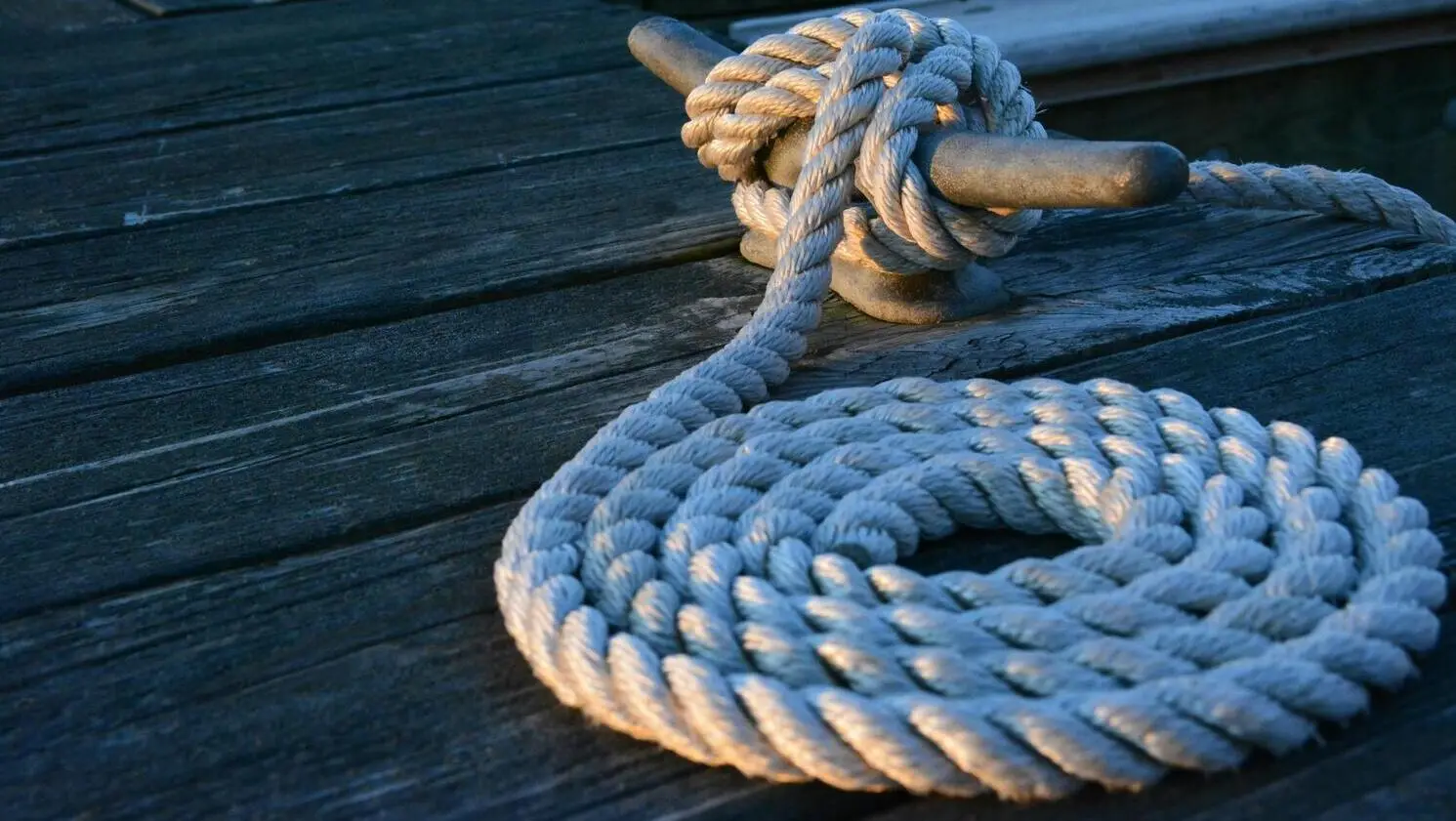In general terms, sailor knots are easy to tie and simple to untie, which is very important for all types of maneuvers where safety is the norm. Whether you intend to work professionally in the nautical sector or plan to buy a boat, it is essential to know how to tie at least some of the most commonly used sailor knots.
A knot used for many types of maneuvers or to secure loads.
The bowline is a strong knot that creates a fixed loop at the end of a rope; it is used for rescues at sea or to secure heavy objects that need a firm knot.

The clove hitch is used to secure a boat or tie an object to a ring, handrail, or post. It is a very easy knot to tie and especially easy to untie.
The fisherman's knot is used to join two ropes easily and quickly, and it has the characteristic that the harder you pull, the tighter it becomes.

This is a basic sailing knot used to join lines of the same diameter. It is a very used and practical knot, which like most sailor knots, can be easily untied to allow for quick and easy maneuvers.
Similar to the reef knot, the sheet bend is a knot for joining two lines, but unlike the reef knot, this sailor knot can join two lines of different thicknesses. This knot can be made more secure by doing the so-called double sheet bend, which is done by passing the two turns over the loop before biting the end.
This is the simplest and most common knot, used both in daily tasks and on all types of boats. It is a knot that we all know, which in the case of sailing is used like the figure eight knot to act as a stopper on lines so that they do not pass through rings or loops.
The cleat hitch is a reliable method for securing a line to a cleat, which is a T-shaped accessory typically made of iron, stainless steel, wood, or plastic. These cleats are usually mounted on the deck, mast, boom, or other solid parts of a vessel or dock. The knot is simple and quick to tie and equally easy to untie. It is versatile enough to be used with any type of line and provides a secure hold. This knot is primarily used to secure a vessel when it is moored in a harbor, whether on a dock or a pier.

Sailor knots have been used since ancient Egypt or possibly earlier. Among other uses, they were used to secure their boats and cargo. Over time, a wide variety of knots developed to adapt to different types of sailing.
During the Middle Ages, European sailors perfected the knots that are still used and invented others that are still in use today. Some knots were used to secure sails, tie boats in ports, tie fishing nets, secure passengers, hold elements of boats, and for a wide variety of tasks aboard vessels.
With the rise of sailing and maritime exploration across all continents, mostly by Europeans who began to colonize different areas of the world, sailor knots became a fundamental skill on all ships, both passenger and cargo. Knot manuals could be found on many of those ships so that crew and officers always had one of the most important skills they needed to know while sailing.
Today, sailor knots continue to be a very important part of sailing and life at sea. Just approach any fishing port to see how fishermen use them to tie up their fishing boats and even repair their gear in some cases. Not to mention sailing regattas, where crew members use them for all kinds of maneuvers.
10-09-2024